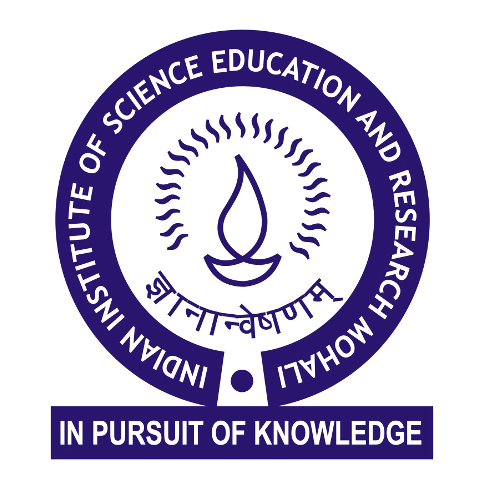Events Calendar
Physics inspired models for Interpreting biological data at multiple scale: molecules to tissues
Friday 25 October 2024, 06:30pm
Dr. Sayantan Dutta, IIT Bombay
Location to be updated
Abstract: Living cells and tissues are complex machineries, where biochemical signaling pathways, genetic networks, molecular motors, and cytoskeletal elements orchestrate to drive specific functions. Rapid advancements in microscopy, molecular biology, and genetics have improved the resolution and scale of our understanding of biological processes. Biophysical modeling techniques are often instrumental in obtaining physical insights and provide predictive power to future experiments. My talk will use the developing fruit fly as an example model system, where the starting single cell divides into multiple cells, which take different identities to make tissues, and ultimately deform into shapes to generate functional organs. I will illustrate multiscale computational models leveraging applied physics and engineering concepts including statistical mechanics, fluid dynamics, reaction engineering, and transport phenomena to both recreate and predict biological functions across scales. Next, I will discuss an algorithm founded on polymer-physics theories to track internal structures within chromosome from real-time videos. Finally, I will briefly highlight how my group at IIT Bombay plans to use physics based models to predict directed self-assembly of cells for engineering structured tissues. Taken together, this talk will highlight the vital role of physics and engineering principles to make the most of cutting-edge experimental data across biological contexts– from molecules to tissues.
website policy
Connect with us
IISER Mohali, Knowledge city, Sector 81, SAS Nagar, Manauli PO 140306
Telefax : 2240266, 2240124
-
+91 - 172 - 2240266
- +91 - 172 - 2240266


